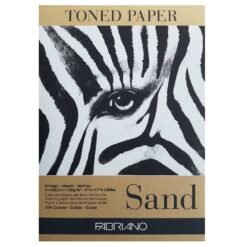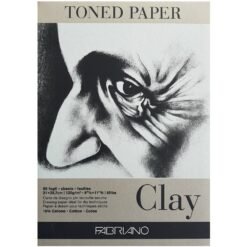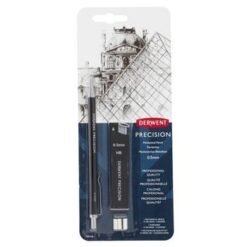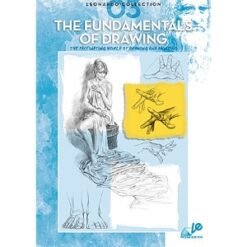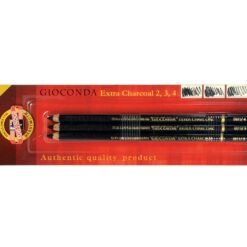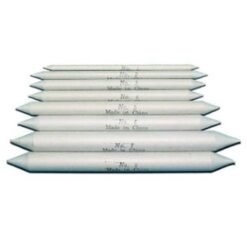Subtotal: R115.00
Drawing Course by Lillian Gray
Lesson 4 | Drawing with Universal Shapes
Watch the lesson for free on our YouTube channel
Free Drawing Course by artist Lillian Gray
This is a video and blog series teaching the fundamentals of drawings in an easy to understand way. The series consists of 15 lessons presented by artist Lillian Gray.
What Makes a Great Artist? Is it creativity? Talent? Skills? No. Its observation, observation, observation. You need to train your brain to truly see
– Lillian Gray –
What if I told you that you can draw anything you set your mind to? What if I told you that once you have mastered the skills of drawing and seeing the universal shapes there won’t be anything you cannot draw? What if I told you if you become a visual communicator there is no tribe or nation on this planet you will not be able to talk to?
Throughout the course of man’s development, man has progressed by communicating his knowledge, ideas and thoughts to those around him. The use of words is the most obvious way of communicating but is limited to language barriers. Other communication options include the written word as well as pictures – pictures require no translation and are known as Visual Communication.
Describing things with pictures or pictorial symbols in the art form from which our written alphabet and number originated.
Therefore when you draw – learn to draw well, you are not embarking on a voyage into a sea of mystery, but expressing yourself in a natural way, just like you would with talking and writing.
“Art is a universal language”
Lillian GRay
What you must learn
When you learn to draw you need to learn how to handle the tools of an artist and how to see. The latter is every bit as important as the former. As an artist, you need to look for and seek understanding of what you see. Most important is to train your eye to observe accurately:
- Proportion
- Degrees of Light & Dark
- Construction
- Shape
- Colour
These things must be in the artist’s mind before he/she even starts to record what he/she sees, then he can interpret the forms and shapes before him/her in terms of the medium he/she intends to use – clay, pencil, pen, paint, etc.
Seeing plus knowing
If you paint a portrait, you must see more than just a likeness of your subject’s features, your acquired knowledge of anatomy enables you to see the bone and muscle structure of the head, when you draw a group of buildings your knowledge of perspective, line and tones will enable you to make the buildings appear as you want them to do in your picture.
Seeing correctly depends therefore on your knowledge or the principles and conditions, which make things appear the way they do. Once you understand what you are looking at, then it makes it easier to draw.
Points to consider:
- What is the object doing? (Standing still, spreading, flowing, bending, etc)
- What is it made of? (Texture, shiny, matt?)
- What shape is it? (Flat, round, square, wrinkled?)
The Universal shapes
Simplifying everything into these 5 basic shapes.
There are only 5 shapes in the entire world. Learn how to see these shapes. This approach to drawing removes all anxiety. You will never draw a wine glass, horse or hand again, only these 5 shapes.
Everything we see around us, consists of only these 5 basic shapes.



Converting from 2D to 3D with line only
These shapes can be drawn in a 2D space – seeing the dimensions in height and width.
Converting this to 3D we use our height, width and depth.
Converting from 2D to 3D with line and tone
This does not come easy to everyone, note that it might take lots of practice to see and understand it.
Starting with a very light pencil, you can use the HB and work your way to the darker pencils.
Once you have found shapes and found exactly where your outline needs to be, you can commit to the darker outer edge with a 4B and a 6B pencil
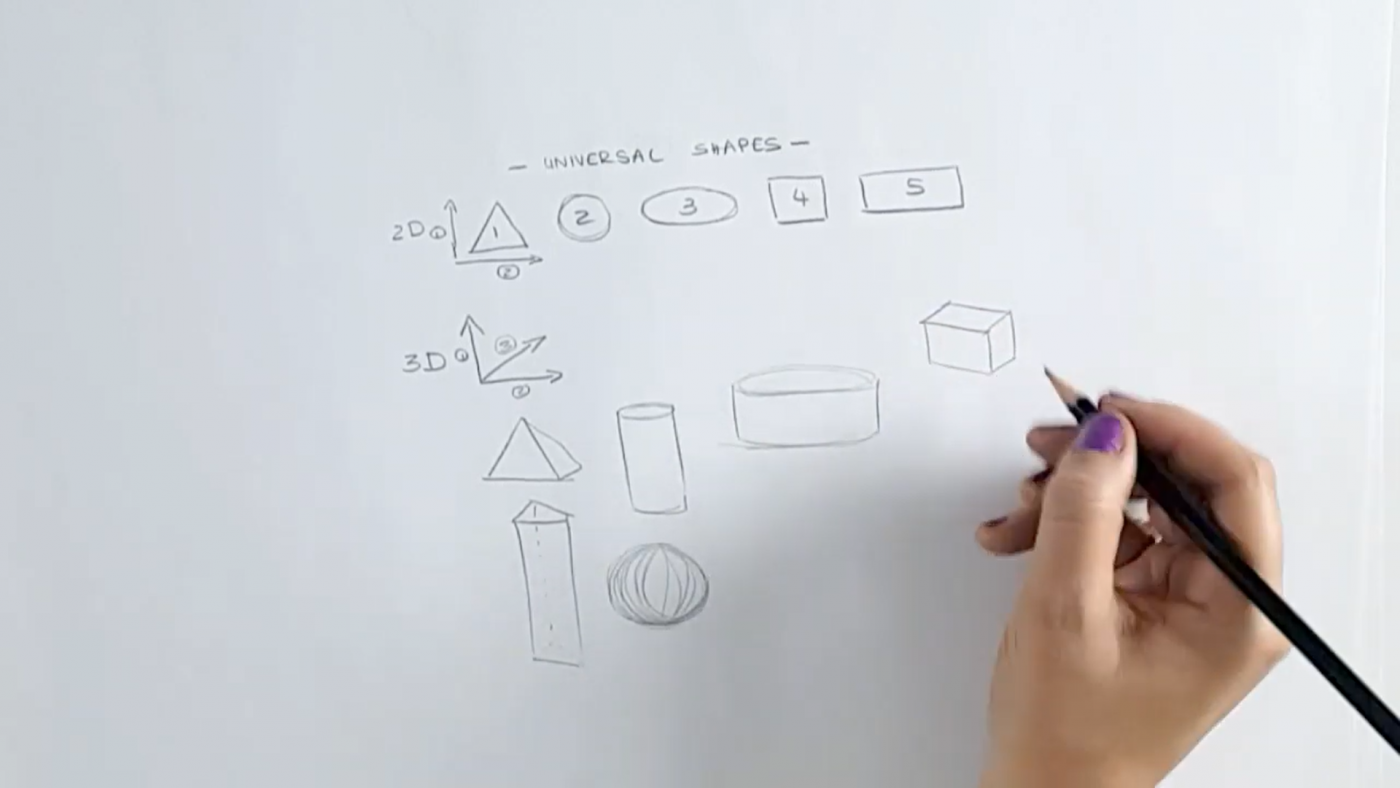
Exercise 1:
Find various household objects, not too difficult at first to Draw from life and not form a photo. FInd items such as a coffee mug or wine bottle, so that you can really cry out to your inner artist, and always remember your inner artist’s age is never the same as your actual biological age. So be kind to your inner artist and start easy. First phase is seeing and identifying these 5 basic shapes. Breaking down the various shapes and start tuning in to see the shapes. Do not worry about proportion in this lesson.
Shop drawing supplies online with us
Our online store aims to remove all confusion when it comes to shopping for art supplies. We only stock what is really needed and don’t flood you with choices. To view drawing supplies
-
 A3 Toned Paper Clay Pad 120gsm FabrianoR380.00
A3 Toned Paper Clay Pad 120gsm FabrianoR380.00 -
 Faber-Castell Graphite Sketch SetR115.00
Faber-Castell Graphite Sketch SetR115.00 -
 A3 Toned Paper Sand Pad 120gsm FabrianoR300.00
A3 Toned Paper Sand Pad 120gsm FabrianoR300.00 -
 A4 Toned Paper Clay Pad 120gsm FabrianoR205.00
A4 Toned Paper Clay Pad 120gsm FabrianoR205.00 -
 Mechanical Pencil HB 0.5MM – DerwentR136.00
Mechanical Pencil HB 0.5MM – DerwentR136.00 -
 Drawing MangaR215.00
Drawing MangaR215.00 -
 Fundamentals Of Drawing 3 – Leonardo CollectionR245.00
Fundamentals Of Drawing 3 – Leonardo CollectionR245.00 -
 Black Charcoal Pencil 3pcs – Koh-i-NoorR89.00
Black Charcoal Pencil 3pcs – Koh-i-NoorR89.00 -
 Set of Paper StumpsR52.00
Set of Paper StumpsR52.00

 Faber-Castell Graphite Sketch Set
Faber-Castell Graphite Sketch Set 

